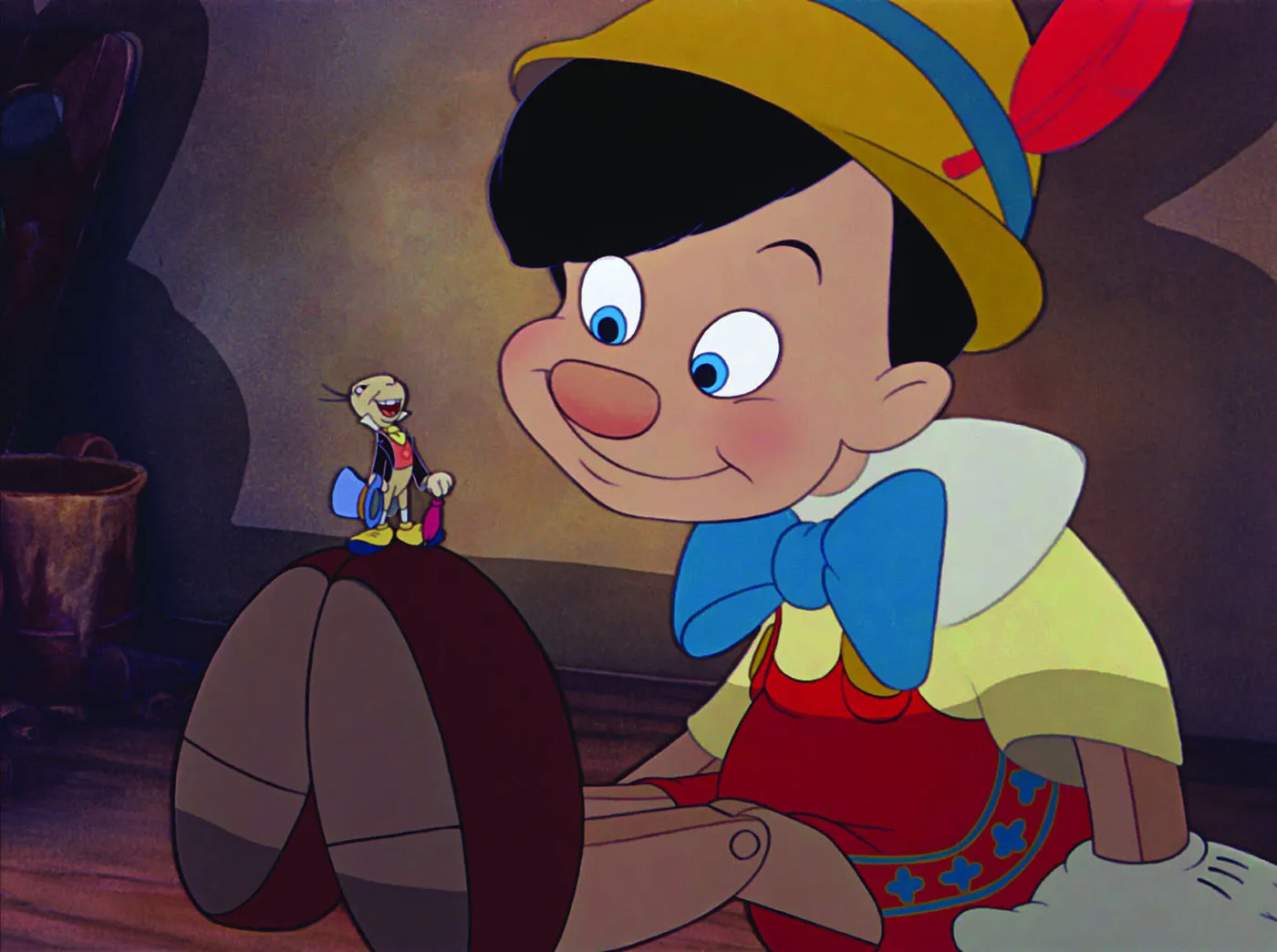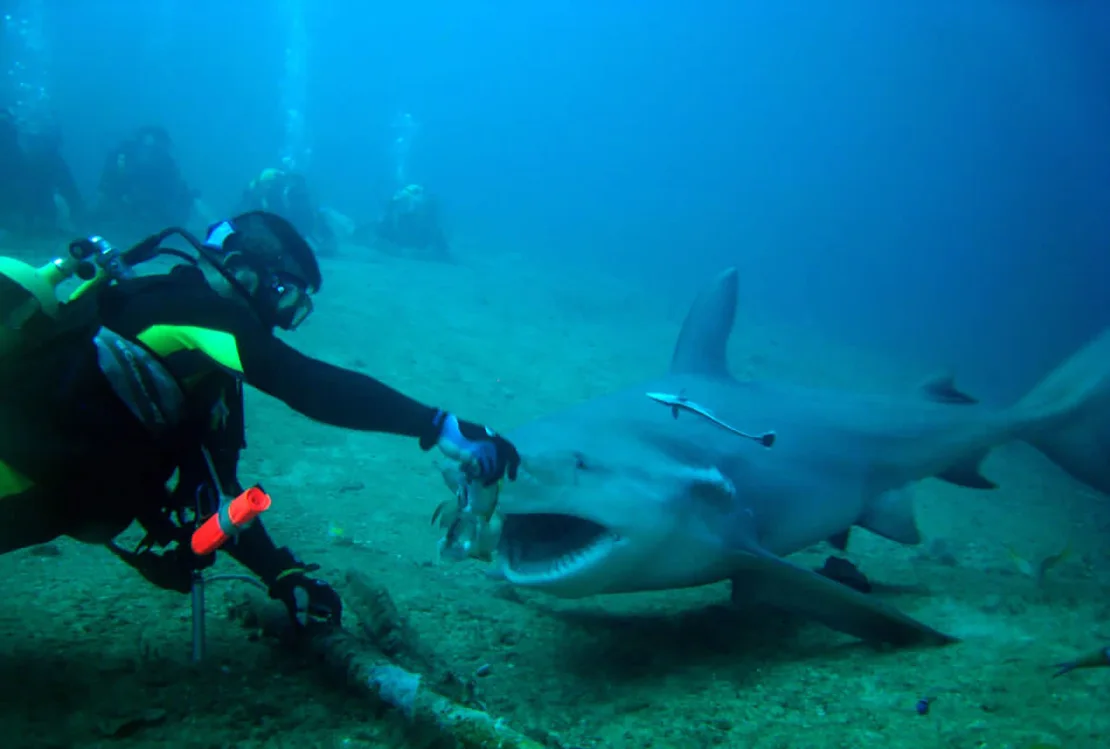
Frozen (2013): Disney’s Magical Journey into Heart of Sisterhood
mashupch
- 0
mashupch.com – Released in 2013, Frozen is a Disney animated film that captivated audiences around the world with its breathtaking animation, memorable characters, and a unique story about love, family, and self-acceptance. Directed by Chris Buck and Jennifer Lee, Frozen was inspired by Hans Christian Andersen’s fairy tale The Snow Queen, but it brought a modern twist to classic themes. With its catchy songs, heartwarming narrative, and emotional depth, Frozen became a cultural phenomenon and cemented its place as one of Disney’s most iconic animated films.
In this article, we will delve into the world of Frozen, exploring its plot, characters, themes, music, and legacy, as well as its impact on both Disney and popular culture.
The Plot: A Tale of Sisterhood, Love, and Self-Discovery
At the heart of Frozen is the powerful bond between two sisters, Elsa and Anna, set against the stunning backdrop of the kingdom of Arendelle. The film’s plot is driven by Elsa’s struggle to control her magical ice powers and Anna’s unrelenting love for her sister, which leads to a series of adventures that ultimately result in Elsa’s self-acceptance.
Elsa’s Powers and the Struggle for Control
Elsa, voiced by Idina Menzel, is born with the ability to create ice and snow. As a child, she accidentally injures her younger sister, Anna (voiced by Kristen Bell), while using her powers, which leads her parents, King and Queen of Arendelle, to isolate Elsa from the rest of the world. Elsa grows up learning to conceal her abilities, living in fear of losing control and hurting others. As her coronation day approaches, Elsa’s powers are unintentionally revealed when she panics, causing Arendelle to be enveloped in eternal winter.
Feeling like a danger to those around her, Elsa flees to the mountains, where she isolates herself in an ice palace she creates. There, she finds freedom from the constraints of the world and begins to embrace her powers, declaring that she no longer needs to hide.
Anna’s Determined Quest to Reunite with Elsa
Meanwhile, Anna embarks on a perilous journey to find Elsa and bring her back to Arendelle. Along the way, she is joined by a rugged ice harvester named Kristoff, his loyal reindeer Sven, and a magical snowman named Olaf. Anna’s love for her sister drives her to brave the harsh conditions of the frozen world and convince Elsa to return home and end the endless winter she inadvertently caused.
Throughout their journey, Anna and Elsa’s relationship is tested, and the film explores how love, both familial and romantic, can overcome challenges and transform lives.
The Resolution: The True Meaning of Love
In the film’s climax, Anna’s selfless act of love for Elsa helps break the curse of eternal winter and restores balance to the kingdom. Elsa comes to realize that love, especially the love she shares with Anna, is the key to controlling her powers. The film concludes with the sisters’ reunion, where they reaffirm their bond and the strength of their familial love, marking a new chapter in their lives where they can truly be themselves without fear.
The Characters: A Powerful Focus on Sisterhood
One of the defining aspects of Frozen is its focus on the relationship between the two sisters, Elsa and Anna. While other Disney films have often focused on romantic love as the driving force of the plot, Frozen takes a different approach by making sisterly love the central theme of the story.
Elsa – The Queen with Hidden Power
Elsa is the film’s central character and represents the struggles many individuals face with accepting who they truly are. Initially portrayed as reserved, aloof, and fearful of her own powers, Elsa’s journey is one of self-empowerment. Her internal conflict is beautifully represented through her magical ice abilities, which she initially perceives as a curse. However, Elsa’s eventual acceptance of her powers is symbolic of embracing one’s true self, and she learns that love and self-acceptance are the keys to controlling her abilities.
Elsa’s song “Let It Go,” which became a worldwide hit, embodies her moment of liberation and self-empowerment. It’s a powerful anthem about shedding past fears and embracing one’s true identity, which resonated deeply with audiences of all ages.
Anna – The Optimistic and Determined Sister
Anna is Elsa’s younger sister, and she contrasts Elsa’s reserved nature with her own optimism, spontaneity, and determination. Voiced by Kristen Bell, Anna is portrayed as a fiercely loyal sister, a courageous adventurer, and someone who believes in the power of love above all else. Despite the years of separation and Elsa’s emotional distance, Anna never gives up on their relationship and is determined to reunite with her sister.
Anna’s journey is one of growth as well, as she learns to be more than just the naive, headstrong young woman at the beginning of the film. She discovers her own strength and capacity for selflessness, especially in her love for Elsa, which ultimately plays a key role in breaking the curse of eternal winter.
Kristoff and Olaf – Supporting Characters with Heart
Kristoff (voiced by Josh Gad) and Olaf (voiced by Josh Gad) add humor, warmth, and depth to the story. Kristoff is a rugged ice harvester with a gruff exterior, but his loyalty to Anna and his developing relationship with her is heartwarming. His reindeer companion, Sven, also provides a touch of comic relief and showcases Kristoff’s down-to-earth, caring nature.
Olaf, the lovable snowman brought to life by Elsa’s magic, is an important comedic figure in the film. Though he is literally made of snow and ice, Olaf has a warm, sunny disposition and provides much-needed levity throughout Anna and Kristoff’s perilous journey. His childlike innocence and joy in the simplest things, such as the sun, make him a memorable character beloved by fans.
The Music: Memorable Songs that Define the Film
Music plays a vital role in Frozen, enhancing the emotional impact of the film’s most significant moments. The songs, written by Kristen Anderson-Lopez and Robert Lopez, are not only catchy but also serve to develop the characters and the plot. Of all the songs, Let It Go became a cultural phenomenon, inspiring countless covers and remixes while serving as Elsa’s defining moment of self-empowerment.
“Let It Go” – Elsa’s Anthem of Freedom
“Let It Go” is perhaps the most iconic song in the Frozen soundtrack. The song expresses Elsa’s feelings of freedom as she embraces her powers and her identity. Its soaring melody and powerful lyrics have made it a global anthem, representing themes of self-acceptance and liberation. The song won several prestigious awards, including the Academy Award for Best Original Song.
“Do You Want to Build a Snowman?” – Anna’s Heartfelt Plea
“Do You Want to Build a Snowman?” is another standout song from the film, capturing Anna’s longing for companionship and her desire to connect with her sister after years of isolation. The song, sung by Anna in different stages of her life, beautifully illustrates her emotions and the passage of time, highlighting the film’s central theme of love and familial connection.
“For the First Time in Forever” – Anna’s Hopeful Dream
“For the First Time in Forever” is a song that highlights Anna’s hopefulness and optimism. As Anna anticipates Elsa’s coronation, she dreams of finally connecting with her sister and experiencing the world outside the castle walls. The song sets the stage for the adventure that follows and reinforces Anna’s belief in love, hope, and the possibility of change.
Themes: The True Meaning of Love and Self-Acceptance
Frozen is not just a whimsical fairy tale; it explores deep themes of love, family, and the journey toward self-acceptance. The relationship between Elsa and Anna is at the heart of the story, and the film emphasizes that the strongest kind of love is not romantic love, but the love shared between family members.
The Power of Familial Love
The central theme of Frozen is the powerful bond between Elsa and Anna. The film challenges traditional fairy tale tropes by showcasing that the true love that saves the day is not between a princess and a prince, but between two sisters. It’s a celebration of familial love, resilience, and sacrifice.
Self-Acceptance and Empowerment
Another key theme is the journey to self-acceptance. Elsa’s struggle to control her powers and her fear of being a danger to others resonates with anyone who has ever felt the need to hide their true self. By the end of the film, Elsa learns that by accepting herself, she can control her powers and be her true self, without fear of judgment or rejection. “Let It Go” encapsulates this transformation into self-empowerment.
The Importance of Love and Sacrifice
The film also emphasizes the importance of love and sacrifice. Anna’s selfless act of love towards Elsa, even at the cost of her own life, is a pivotal moment in the film and reinforces the idea that love—whether familial or romantic—requires sacrifice and is ultimately what binds us together.
Legacy: A Cultural Phenomenon
Frozen was a massive success both commercially and critically. It became the highest-grossing animated film at the time of its release, earning over $1.2 billion worldwide. The film’s impact on popular culture has been immense, influencing everything from merchandise and theme park attractions to a Broadway adaptation and a sequel, Frozen II (2019).
Frozen and Its Cultural Impact
The success of Frozen helped redefine Disney animation in the 21st century. The film’s emphasis on strong female characters, its focus on familial love, and its progressive approach to traditional fairy tale conventions resonated with audiences around the world. The film’s music, particularly “Let It Go,” has become an iconic song that continues to be celebrated today.
Conclusion: A Timeless Disney Classic
Frozen is a landmark film in Disney’s history, offering a fresh perspective on fairy tales while exploring themes of love, self-acceptance, and family. With its engaging characters, unforgettable songs, and emotional depth, Frozen became a cultural phenomenon that continues to inspire audiences young and old. The film’s enduring popularity is a testament to its universal messages and the power of animation to tell stories that resonate with people from all walks of life.


